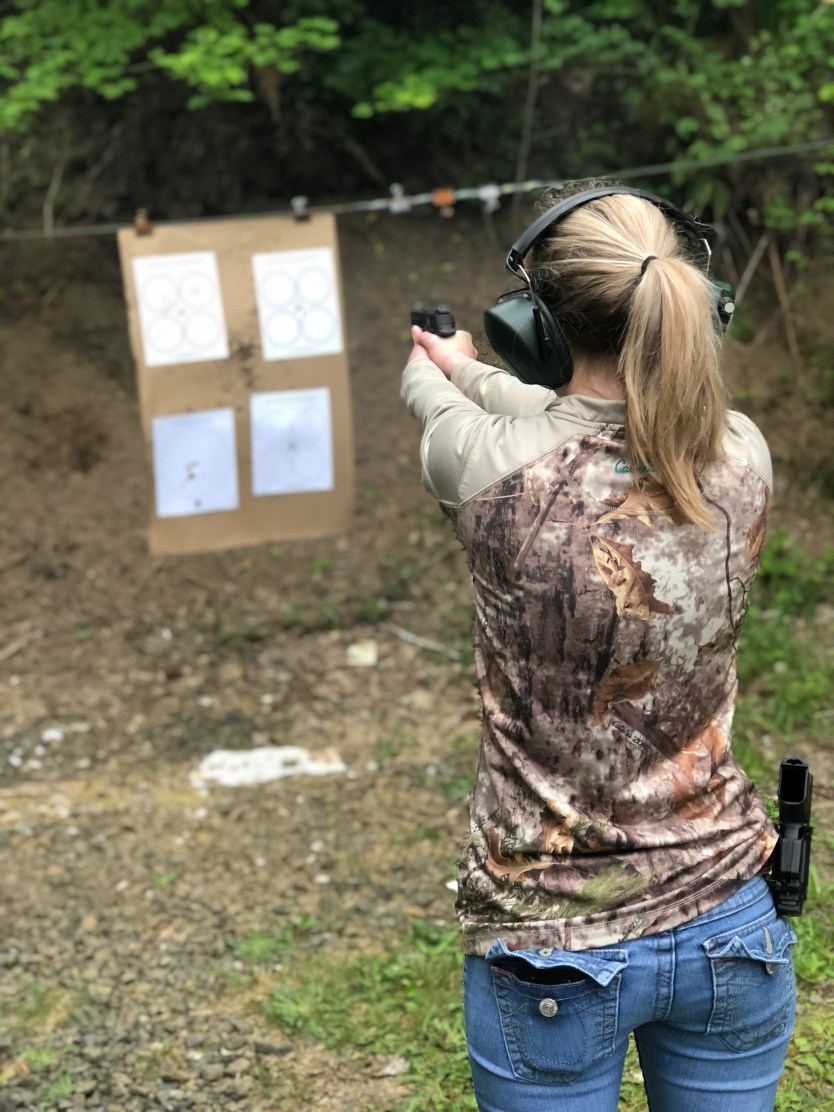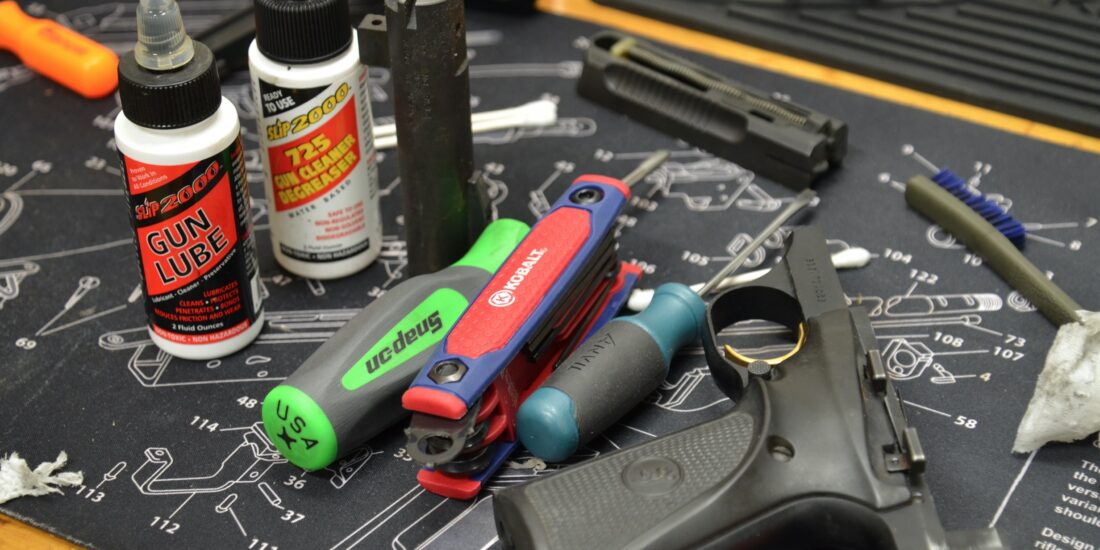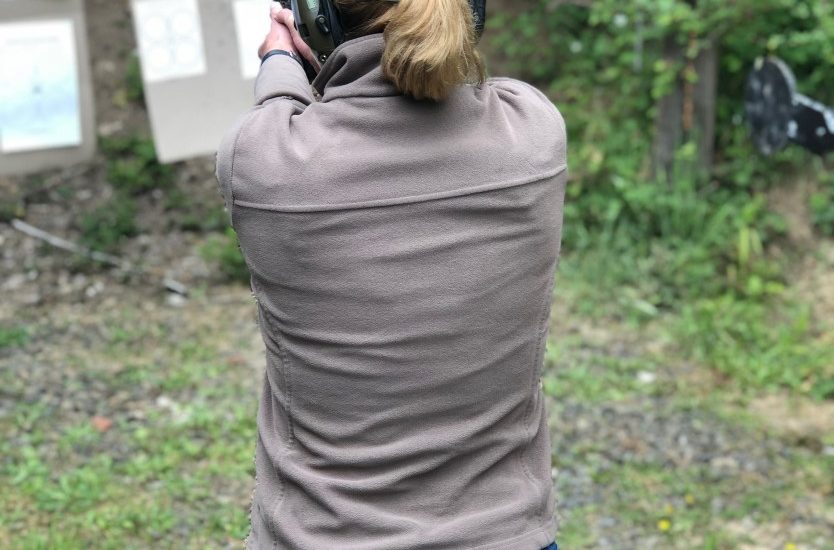Making the World Safe, One Scan at a Time

If we have no choice but to engage someone in conflict, we need to scan when said conflict is over. Scanning completely around ourselves helps us begin a (hopefully) rapid return to normalcy, post traumatic event. Again, we need to scan 360 degrees, as there are likely several other things going on. Begin with an area scan, looking for additional threats, as well as perhaps secondary casualties.
Maybe there’s someone able to dial 911 (you may not be able to punch digits into a phone right now)
Look around the area for things you may have dropped, (like empty or partial magazines), consider holstering up if you’re certain there are no additional threats, and give yourself a patdown to see if maybe you’re wounded and not aware of it yet. How can you hope to accomplish all of this if you don’t scan?
Scanning helps us with a term that goes by at least 3 names, and here they are- “tunnel vision”, tachypsychia, and Kalnienk Vision. They all mean the same thing- in a high stress encounter, you will get super focused on things like a person trying to kill you. It can literally appear to be like looking at everything through a double barrel shotgun. Scanning is not a guaranteed cure for tunnel vision, but it can help with the mitigation process, or help you locate a second threat should one exist. If we must fight, we do not want to hold still, and once we have prevailed, we need to look for the next threat. Cover is worth looking for, too.
Another thing that will happen is called auditory exclusion, and what this boils down to is that gunfire in a high stress situation often sounds muffled. This is a coping mechanism of the brain to help you, but hearing damage will still occur. There will also likely be the appearance of things happening in extremely slow motion, and you may perform actions like reloads without consciously doing so.
This does not make you a liar when you believe you only fired two rounds- but if you give the number as a statement to find out later you actually fired 10 rounds, it won’t look good in court. Speaking immediately after a shooting is not a good idea.
Tactical breathing actually helps with stressful events. Chances are good that someone gave the action a different name, but to get people to buy into something, just add the word “tactical”, and ears perk up. Basically what you do is pull in a LOT of air through the nose, and exhale through the mouth. This will help you get your beats per minute back to normal.
I would say that the bastardization of a proper scan is the largest training scar foisted upon all shooters who employ it, as well as low hanging fruit for those who do not understand it.
The NRA calls the full 360 scan a “Safety Circle”, and that is exactly correct. A circle is 360 degrees, and we’ve stated at least 2 times now that you need to scan 360 degrees. Ask yourself now- do you feel comfortable having a chambered firearm in hand, at Low Ready position, and turning a full circle? I bet you can, but, good luck attempting it at a range. You would likely be banned for life, and your grandchildren won’t ever get to be members, either.
I’ve trained with a lot of people from a lot of different agencies, and if you want to see grown men (predominantly) get extremely nervous, incorporate a Safety Circle. Why ? Because those who are allegedly smarter than ourselves do not trust us. If you follow all 4 Cardinal Rules, there is nothing to fear, but, let 1 person do something foolish and all bets are off. To avoid liability, you will likely not ever perform a Safety Circle on a civilian range.
As if this initial scar is not bad enough, there is often times a second that is at least as bad, if not worse, and that is scanning with , and holstering, an empty firearm. Holy crap, Batman, if we’ve ran the thing to slide lock, an Immediate Speed Reload is absolutely necessary. However, I’ve seen it for years- run the gun empty, holster up, slide to rear. This action completely undermines the entire sequence for survival, but it is likely occurring on a range somewhere even as I type this. How many times have you heard the expression “practice as you play”, or “Train like you fight”. Don’t be surprised when you don’t get the results you expect from the things you didn’t do.
This, in my opinion is a HUGE disservice/training scar, when you preach to people to scan every time, prior to reluctantly holstering. The act of holstering is not a race, ever. If you’ve had no choice but to engage/neutralize someone, holstering might be very difficult. Now factor in the absolute gut wrenching after effects, like perhaps vomiting to get rid of all that excess adrenaline (it happens), hearing sirens approaching, perhaps being subjected to speculation by “witnesses” on the scene, etc, and the chance for a negligent discharge is extremely high. After all, life as you knew it just changed. Hopefully you don’t have a 10$ cheapo holster crammed into your belt line.
So, what can we learn from this latest installment?
1-Scanning is extremely important
2-We can suffer a laundry list of effects post shooting- none of them are positive
3-Life as we knew it is over, and there may be a rough road ahead for us.
4-We need to scan every time
5-We need to reluctantly holster, everytime.
6- We need to practice all of this, and research the effects of shootings
7-We need to get familiar with what to do- post shooting
8-We need high quality holsters for that reluctant holstering part
9-To prevail, we need constant ongoing education
10- Pat Mac is the man, and if you don’t already know who he is acquaint yourself with his stuff. You won’t regret it.
Stay Safe, Train Often





